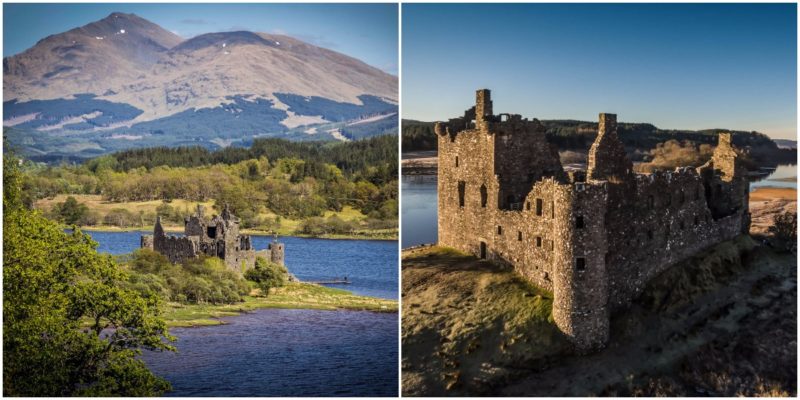Although Kilchurn Castle is now in a state of disrepair, it is still a beautiful ruin in an extraordinarily scenic location surrounded by green Scottish hills and the crystal clear Loch Awe.
The castle was built on a rocky peninsula on the northeastern side of the loch in the mid-15th century. It was home to the Campbells of Glenorchy until it was abandeoned in the 17th century.
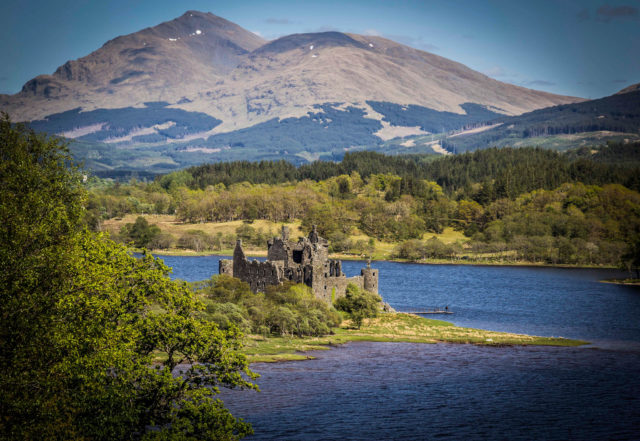
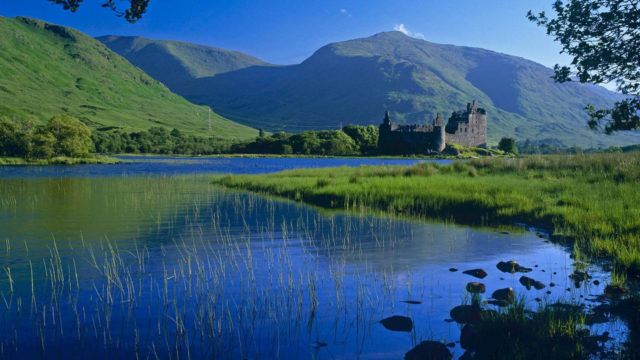
The Campbells of Glenorchy became the most powerful branch of the Campbell family by the mid-15th century. This allowed them to expand their territory and build imposing defensive fortresses. Castle Kilchurn was the first of these endeavors. Sir Colin Campbell, 1st Lord of Glenorchy, was the man who built it.
Sir Colin was granted lands by his father Duncan Campbell, 1st Lord of Campbell, ancestor of the Earls of Argyll. Among the lands Sir Colin received from his father was Glen Orchy, the territory from which the new family name was derived and the place where Kilchurn Castle would eventually be built.
The first castle consisted of a five-story tower house, a courtyard, and a defensive outer wall. At that time the island was scarcely bigger than the castle itself and the entrance was a low-lying causeway.
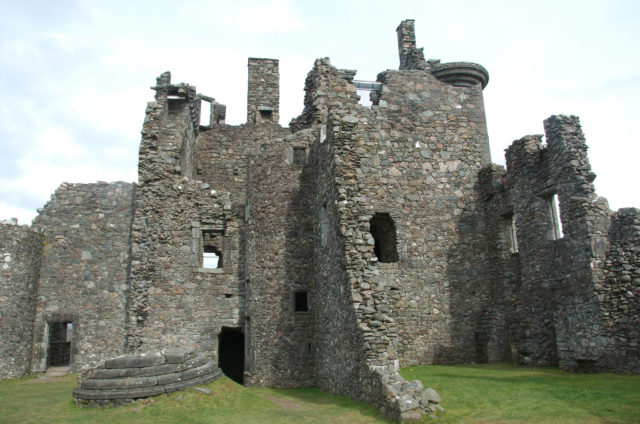
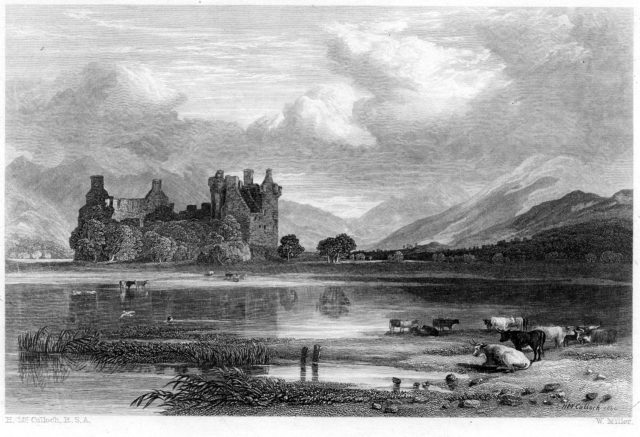
Sir Colin’s son, Sir Duncan Campbell of Glenorchy, was the first one to make adjustments to the castle. The main feature of his time is the single-storey dining hall. He was a Scottish nobleman engaged in wars and battles on the great island. So building a “laich-hall” to celebrate battle victories was a part of his persona.
Unfortunately, he was killed at the Battle of Flodden in 1513. After him came Sir Colin Campbell the 6th. He further improved the castle by adding accommodation chambers to the north of the tower house and removing the parapet. This included new circular turrets adorned by corbels. Sir Colin the 6th constructed Balloch Castle (now called Taymouth Castle) on the shores of Loch Tay.
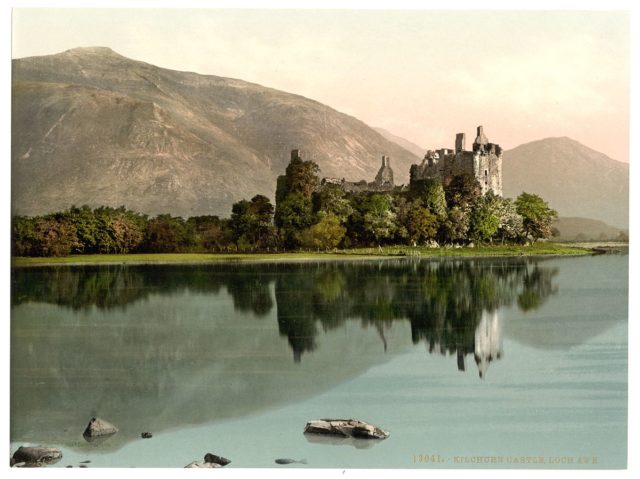
The next lord of these lands was Sir Duncan Campbell, also known under the moniker of “Black Duncan”. The first of the Campbell family to be named a baronet of Glenorchy in the County of Perth in the Baronetage of Nova Scotia in 1625. He also represented Argyll in the Scottish Parliament.
Black Duncan rebuilt and enlarged the whole southern range of the castle in 1614. He also constructed a new wing, adding a chapel in the south-eastern part of the courtyard. He also began construction on a new castle on the other side of Loch Tay, Castle Finlarig, and improved and expanded the farming lands around Finlarig, Kilchurn, and Balloch Castles.
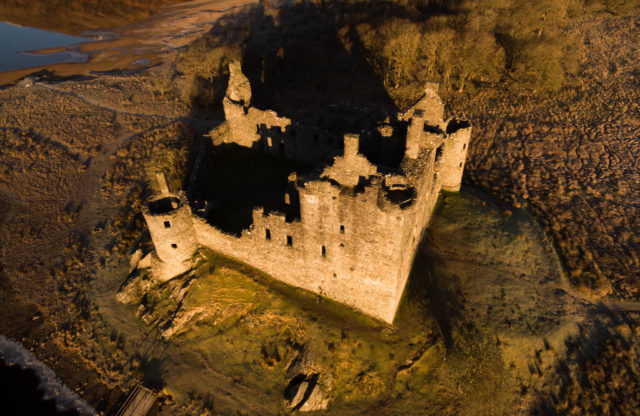
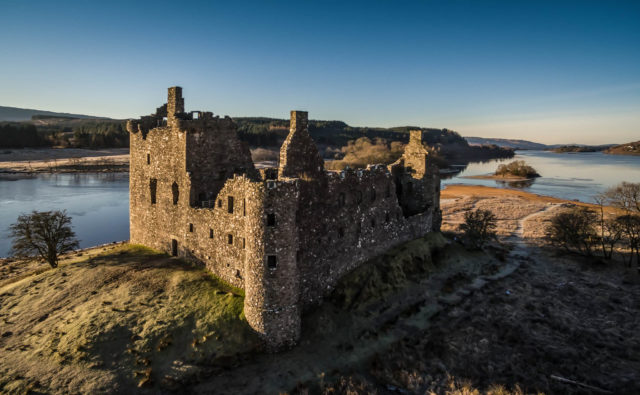
In the 1690 Sir John Campbell, the 5th Baronet, began converting the castle into an army barracks. It was a scheme to pacify the highlands so again the first step was Kilchurn Castle. The modern barracks at the time could house 200 troops. His main addition to the castle was a three-story, L-shaped block along the north walls. After his death in 1717, the Campbells tried to sell the castle to the government without success. In 1760, the castle was badly damaged by lightning. Afterwards, it was completely abandoned and has remained so ever since. In the following years, the destructive forces of nature struck the castle again and strong winds completely removed the roof.
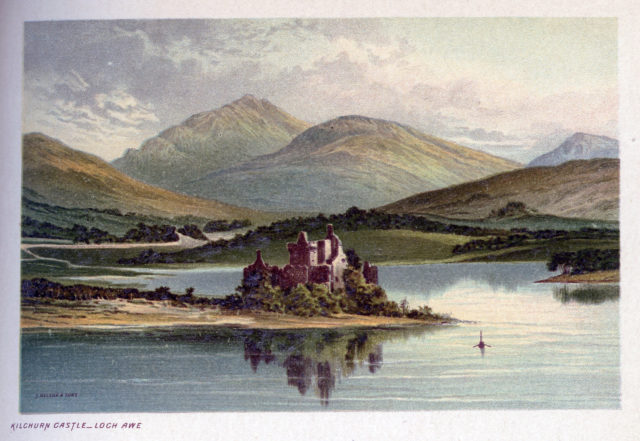
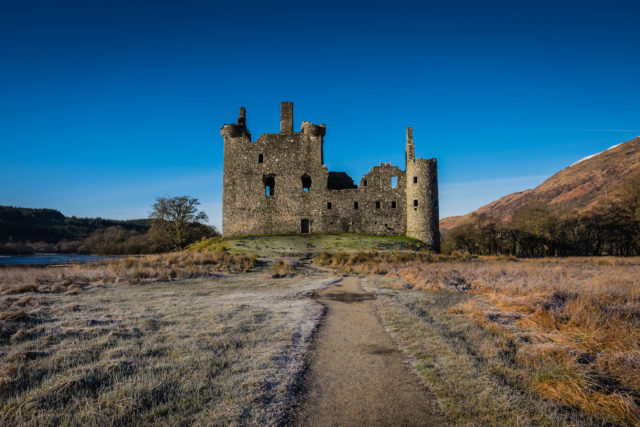
Today, the ruined Castle of Kilchurn is a tourist attraction open to visitors in the summer season. Historic Environment Scotland is responsible for maintaining and preserving this fascinating historical ruin.
